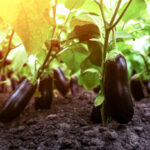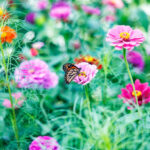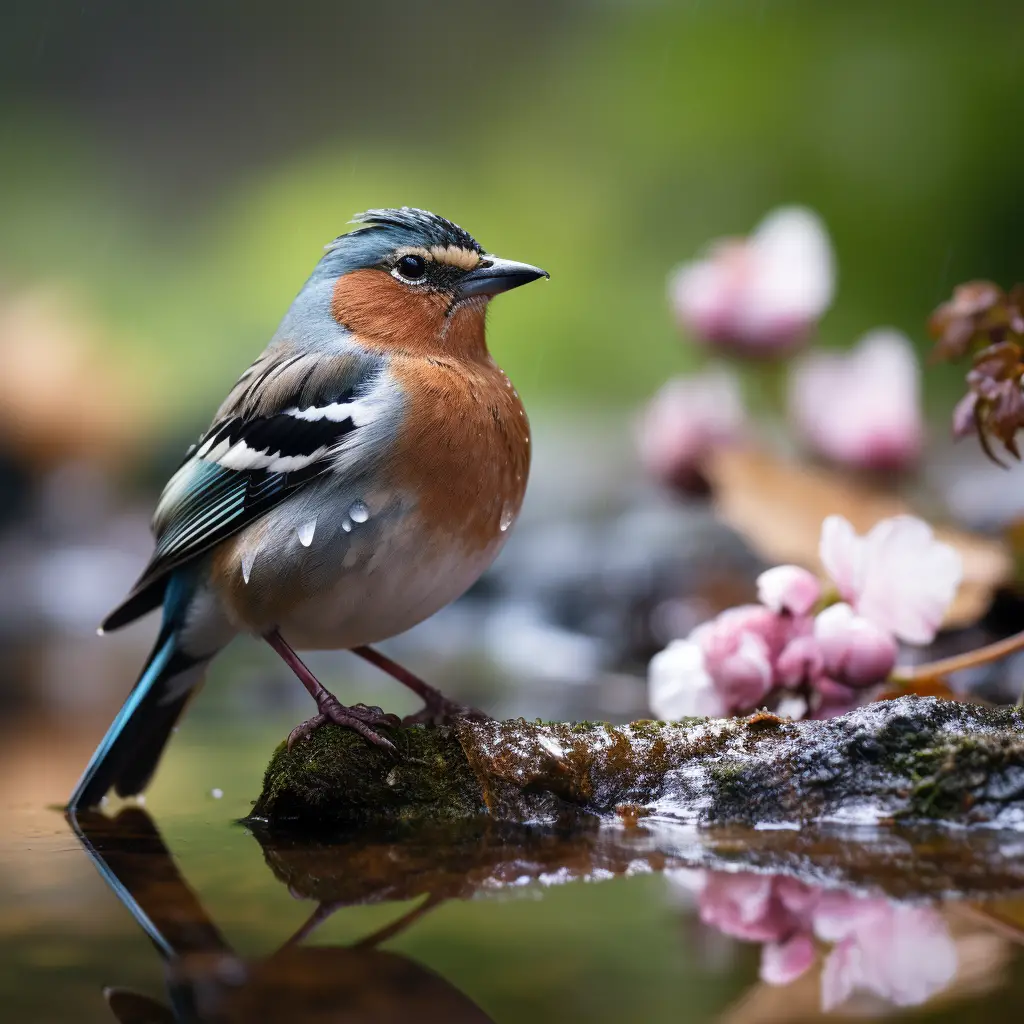
Getting Acquainted with the Opossum
As your trusted source for wildlife information, we are committed to providing accurate, detailed, and reliable content. In this article, we delve into the captivating world of the opossum, providing an in-depth description of their appearance, dispelling common misconceptions, and answering the question, “What does a possum look like?” Our experts meticulously detail every distinguishing characteristic, ensuring a comprehensive understanding that encourages respect and appreciation for these creatures.
The Nocturnal World of Possums
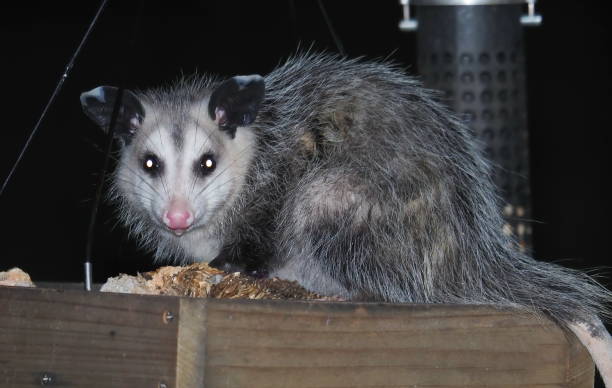
Due to their primarily nocturnal nature, encounters with possums often occur during nighttime excursions. If you come across a small animal resembling a large white rat, with a pointed face and nose, chances are it’s an opossum. Nocturnal animals typically possess some degree of night vision, causing their eyes to reflect light when illuminated by vehicle headlights or flashlights. However, you can differentiate possums from other creatures by closely observing their face and overall size. With a little patience and a keen eye, identifying possums at night becomes an achievable task.
The physique of the American Opossum
The American opossum, also known as the Virginia opossum, is the only marsupial found in North America. The size and weight of an opossum can vary significantly, with body length ranging from 13 to 37 inches (35 to 94 cm) and weight between 1.7 to 14 lbs (0.8 to 6.4kg). Interestingly, opossums from the northern regions of North America tend to be larger compared to their tropical counterparts.
Unmistakably recognizable, the American opossum boasts a grayish-brown coat, a long pointed snout, and a flat nose. It’s important to note that the fur is relatively thick but does not provide sufficient insulation, indicating the opossum’s reliance on finding suitable shelter for warmth.
An extraordinary physical feature of the American opossum is its prehensile tail. Devoid of fur, this tail acts as an additional limb, aiding in balance as they traverse tree branches. Contrary to popular belief, however, they do not hang from their tails.
The American opossum has a distinctive dental configuration, possessing 50 teeth—the most of any North American mammal. In addition, these creatures have claws on every digit except their thumbs, which are used for activities such as digging burrows.
Baby Possums: Adorable Miniature Versions
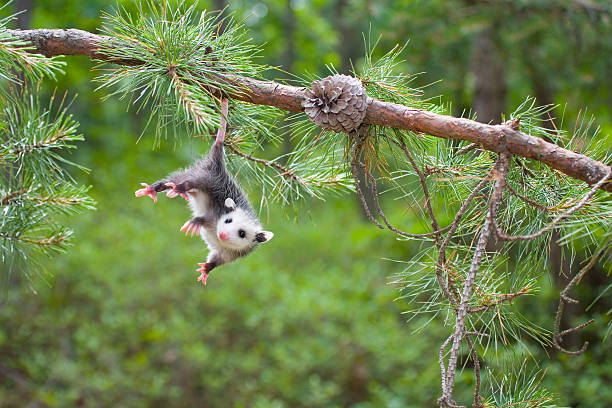
Possums, like other marsupials, carry their young in pouches. Both Australian possums and opossums exhibit this nurturing behavior. Baby opossums closely resemble miniature versions of their parents, complete with all the colors and distinct features. Initially hairless, similar to puppies and kittens, they quickly develop fur and display their unique facial characteristics. While some may consider adult opossums to be unattractive, it’s hard to deny the preciousness of their adorable offspring.
Spotlight on Australian Possums
Diverse in size, weight, and appearance, Australian possums are an intriguing subject. Each species possesses unique physical characteristics, leading to considerable variation even within the same subspecies.
The Common Ringtail Possum, for instance, is recognizable by its reddish coat, short snout, and short ears. The Herbert River Ringtail Possum stands out with its black and white coat, while the Green Ringtail Possum has a unique greenish coat and white patches under its eyes. The Rock Ringtail Possum is predominantly grey, mimicking the rocky habitat it calls home.
The size and weight of these possums also vary significantly, with the largest specimen recorded weighing up to 2,000 grams.
Final Thoughts on the Opossum’s Appearance
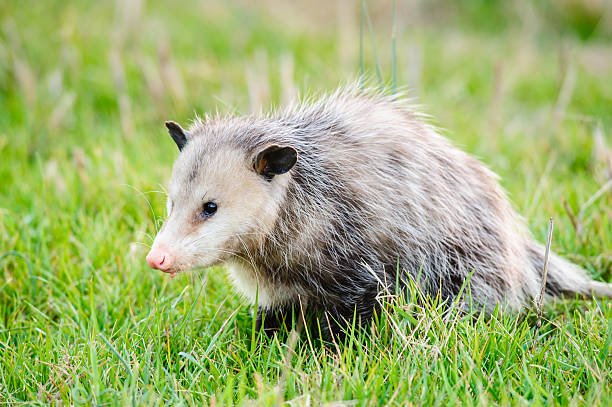
Having explored the physical characteristics of both American and Australian possums, we hope you have gained a better understanding of these intriguing creatures. Both diverse and adaptive, possums exhibit a vast array of physical traits that enable them to thrive in their respective habitats.
Though they might have an unusual appearance compared to other mammals, their uniqueness makes them a fascinating subject. Whether it’s the American opossum’s impressive dental configuration or the diverse colors and sizes of Australian possums, each characteristic adds another layer to their captivating narrative.
Our commitment remains steadfast in providing expert-backed, comprehensive, and engaging content about the natural world. Stay tuned for more articles as we continue to explore the wonders of wildlife.
Frequently Asked Questions about Possums
Do all possums have hairless tails? While it is common for possums to have tails without fur, there are exceptions. Although rare, some possums may grow hair on their tails. However, the vast majority of possums found in the wilderness possess hairless tails.
What color are most possums in the wilderness? In general, possums have dark gray fur with slight variations in color. Bright fur is typically observed around their face, while their body tends to exhibit darker fur tones. This combination contributes to their distinct appearance in the wilderness.
We hope this comprehensive guide has provided you with valuable insights into the appearance and characteristics of possums. Armed with this knowledge, you can confidently identify possums and appreciate their unique beauty in the wild. Stay tuned for more informative articles and resources on Assorted Animals, where we strive to deliver engaging content about the captivating world of wildlife.

